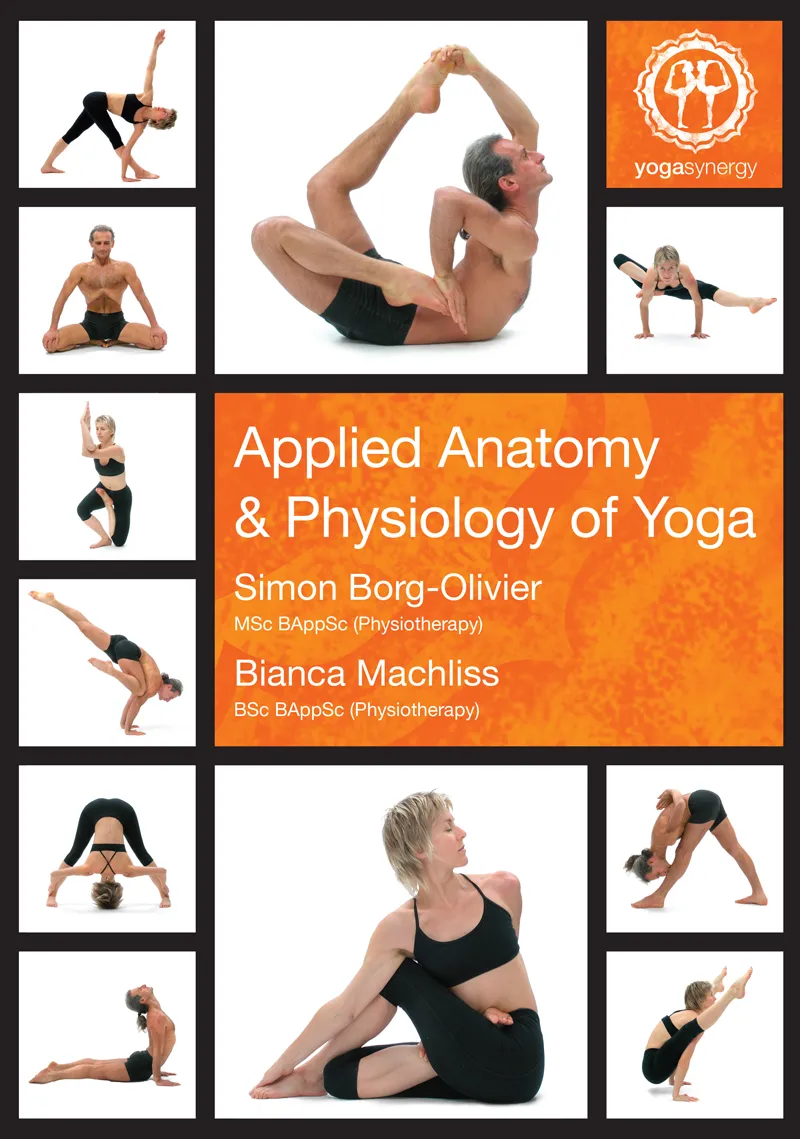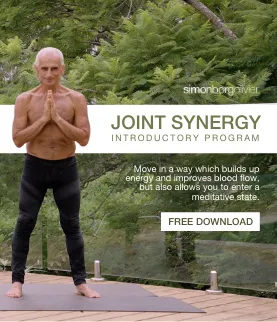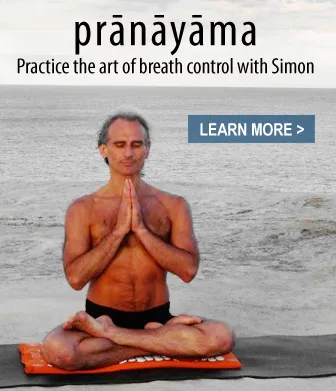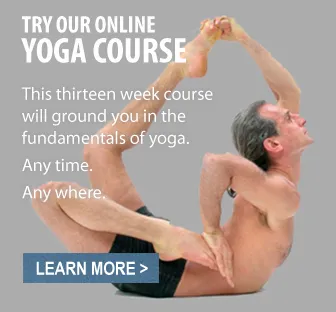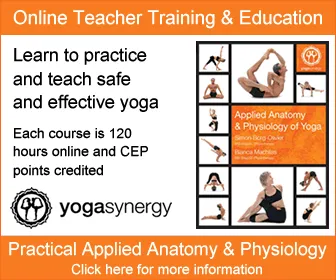
Moving the body to release the energy of the 7 main chakras
The main focus for the modern body – a body that lives mainly in chairs – should always be to move actively into poses without the help of external forces such as gravity, momentum, or the force of one part of the body on another part (e.g. using your hands to pull you into a posture). After moving actively into a pose, the main focus should be to lengthen and relax.
This set of simple instructions is part of a system I use, which you can apply during your posture, movement, breathing, and meditation practices. These instructions increase blood circulation, improve energy levels, and help regulate your nervous system for optimum help. I developed these instructions around the concept of moving with expansion then compression (related to breathing in and out) from your authentic core at the centre of your enteric nervous system (‘your gut brain’).
Your true core is inside your lower abdomen. It is known as the Dantien in China and the Kanda in India. Your core can project energy and information in 5 dimensions. It can itself move in the so-called 4-dimensional space-time, in which we usually choose to believe we live.
Your core is like your energy and intuition’s central railway station. The 7 main chakras of Indian yoga are like the main railway stations in any country. There are hundreds of little energy stations or centres in your body. The 7 main chakras are in the central column of your trunk. Each chakra (numbered below 1 at the base and 7 at the crown of your head) is associated with a main nerve plexus and a major endocrine system. Here are some simple instructions that you can use to enhance your posture, movement, breathing, and meditation practice.
Chakra 1: Muladhara (Base, Earth) Chakra
Push the sitting bones towards the feet (or at least in the direction of the thigh bones) (if the hips are flexed, then also try to turn the thighs outwards, and if the hips are extended, then try to turn the thighs inwards).
Push the sitting bones apart (when the hips are doing opposing movements such as one hip flexed, the other extended, or both hips abducted or adducted)
Simplest instruction for muladhara chakra for most postures is to push the sitting bones apart and relax the pelvic floor.
Relax the pelvic floor, especially around the urethra (but best for most people to relax the urethra, genitals and anus).
Chakra 2: Svadisthana (Reproductive, Hormonal, Water) Chakra
Move the tail bone away from the top of the hips in order to lengthen the spine. Always master lengthening the spine before learning later to shorten it (which is hard to do effectively and safely but is what most people do).
In forward bends, push the pubic bone forwards (to create spinal flexion) and upwards
In backends, push the tailbone backwards (to create spinal extension) and downwards
Relax the pelvic floor, especially around the genitals and anus (but best for most people to always relax the urethra, genitals and anus more in everyday life)
Chakra 3: Manipura (Energy, Digestive, Fire) Chakra
Lengthen the lower back and the lumbar spine especially moving around L5-S1 (lumbo-sacral junction)
Move L5 away from the top of the sacrum and the sides of the top of the hips (iliac crests)
Relax the muscles of abdominal exhalation so you are able to breathe into your abdomen with your diaphragm.
Generally, when you bend forward, move the navel and the ‘navel spine’ (L4-L5) forward and down (relative to the standing posture).
Generally, when you bend backward, move the navel and the ‘navel spine’ (L4-L5) forward and up (relative to the standing posture).
Generally, when you twist to the right, rotate the navel and the ‘navel spine’ (L4-L5) closer to the right hip.
Generally, when you bend to the right side, move the navel and the ‘navel spine’ (L4-L5) closer to the left hip but away from the sacrum.
Chakra 4: Anahata (Heart, Air) Chakra
Lengthen the neck and the cervical spine, especially moving around C7-T1 (cervico-thoracic junction).
Move the shoulders (left and right shoulder joint complexes) apart.
Generally, when you bend forward, move the head down and the neck backwards (relative to the standing posture).
Generally, when you bend backward, move the throat forward and the chin upwards (relative to the standing posture).
Generally, when you twist to the right, rotate the head to the right but lift the right ear up (relative to the standing posture).
Generally, when you side-bend to the right, move the neck to the left side and up in order to lengthen the left side of your neck with out shortening the left side (relative to the standing posture).
Relax the throat, tongue, jaw and lips (i.e. check your neck could move, your tongue is free, your jaw could move and your lips could move if asked to).
Chakra 5: Vishudhi (Communication or Ether) Chakra
Lengthen the neck and the cervical spine, especially moving around C7-T1 (cervico-thoracic junction).
Move the shoulders / shoulder blades (left and right shoulder joint complexes) as far apart from each other as comfortably possible (or move them both away from the C7-T1
Generally, when you bend forward, move the head downwards and the neck backwards (relative to the standing posture).
Generally, when you bend backward, move the throat forward and the chin upwards (relative to the standing posture).
Generally, when you twist to the right, rotate the head to the right but lift the right ear up (relative to the standing posture).
Generally, when you side-bend to the right, move the neck to the left side and up in order to lengthen the left side of your neck with out shortening the left side (relative to the standing posture).
Relax the throat, tongue, jaw and lips (i.e. check your neck could move, your tongue is free, your jaw could move, and your lips could move if asked to).
Chakra 6: Ajna (Third eye) Chakra
Relax the throat, tongue, jaw, lips, and especially relax the outer eyes (muscles that allow you to blink) and the inner eyes (muscles that move the eye balls).
Apply dristhi by gazing to the prescribed area with your eyeballs
Generally, gaze in the direction your core is trying to move
In other cases, allow the eyeballs to roll back in order to passively gaze at the third eye centre
Move the base of the back of the skull away from the rest of trunk when it is not touching anything
Press the base of the back of the skull into what ever it is touching (e.g. the floor)
Chakra 7: Sahasrara (Crown) Chakra
Lengthen the crown of your head away from the rest of your body
Press the crown of head into the floor in a headstand
Lengthen the tips of your fingers and toes if they are in the air, but keep them as relaxed as possible
Lengthen then grip with the tips of your fingers and toes if they are touching something (e.g. the floor)
Simple chakra-based instructions for physical, physiological, or mental health systems to apply during posture, movement, breathing, and meditation
These instructions are based on the concept of moving in an expansive way from your true core at the enteric nervous system, (‘your gut brain’), which can project energy an information in 5 dimensions, and can itself move in the so-called 4-dimensional space-time we’d like to believe we live in. These instructions are best as a simple summary of the above more complete form
(1) push your sitting bones apart and relax your pelvic floor
(2) push your pubic bone down and forward and push your tailbone down and back
(3) lengthen your lower back especially around L4 L5 and / or expand your abdomen
(4) lengthen and expand your upper back and expand and lift your chest.
(5) lengthen the back of your neck by moving your head slightly downwards and your neck slightly backwards and / or move your throat forwards and chin slightly upwards
(6) expand the space under the base of the back of your skull, relax your face and allow the eyes to softly gaze upwards
(7) project your energy from your core to connect with the tips of your fingers and toes are the crown of your head
General guidelines for working with chakras in posture movement and breathing:
Focus on adjusting the 12 main chakra points in the back then the front of the body that help to reestablish natural health with possibility of achieving yoga.
1. Muladhara: Move perineum down away from crown. Then control perineum (initially just relax then relax and/or controlled activation)
2. Svadisthana Rear: Move tailbone down away from crown; control anus (initially just relax then relax and/or controlled activation)
3. Manipura Rear: Encourage mobility, relaxation, space and stability around L5. Sacrum below L5-S1 is generally best to pull out and above L5 is generally best to pull in.
4. Anahata Rear: Encourage mobility, space and stability around upper back and the thoracic spine. Often this region is very stuck near T12-L1 and C7-T1 and has either hyper-kyphosis or hyper-lordosis and needs to be adjusted
5. Vishudi Rear: Encourage mobility, space and stability around cervical spine. Often this region is very stuck near C7-T1 and between C1 and the skull. Often the base of the neck is pushed out into a forward bend and the top of the neck is pushed inwards into a backwards bend. Often the best movement is to try to gently move the head downwards and the neck upwards.
6. Ajna Rear: Encourage relaxation and space to come to the bones and tissues at the back of the skull and especially to the junction between C1 and the skull. It is good to feel your breath come between C1 and the skull.
7. Sahasrara: Move the crown of the head away from the rest of the body. Encourage relaxation and space to come to the bones and tissues at the top of the skull.
8. Ajna Front: Encourage relaxation and space to come to the face and tissues at the front of the skull especially around the third eye centre. Relax and eventually control the jaw, tongue, lips, outer eyes and inner eyes.
9. Vishudi Front: Encourage length and relaxation in the front of the neck. Often this region is very stuck near C7-T1 and between C1 and the skull. Often the best movement is to try to gently move the base of the throat (corresponding to C7-T1) forwards and the chin upwards slightly.
10. Anahata Front: Encourage mobility, relaxation, space and stability around the front and sides of the chest. Usually the lower front ribs need to keep kept inwards while the centre of the chest needs to move upwards and outwards.
11. Manipura Front: Encourage mobility, relaxation, space and muscular strength (subject to being able to relax first) around the upper abdominal region
12. Svadisthana Front: Encourage mobility, relaxation, space and muscular strength (subject to being able to relax first) around the lower abdominal region
(1. Muladhara: Lower abdomen and perineum)
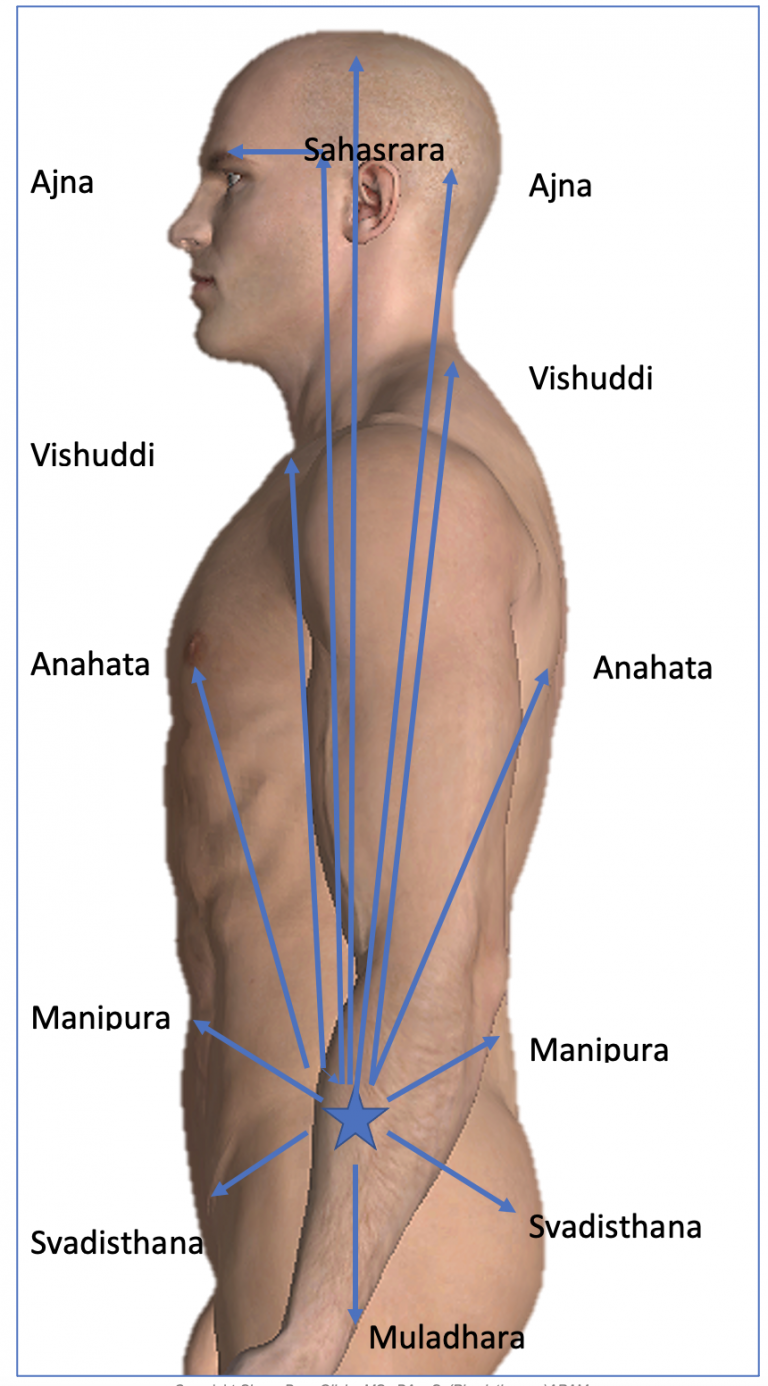
Main guidelines after considering and practicing all of this is:
Tense less…
Stretch less…
Breathe less …
Think less …
Eat less …
Do your best …
with a peaceful approach …
Be happy with the outcome …
Do it in a loving way …

